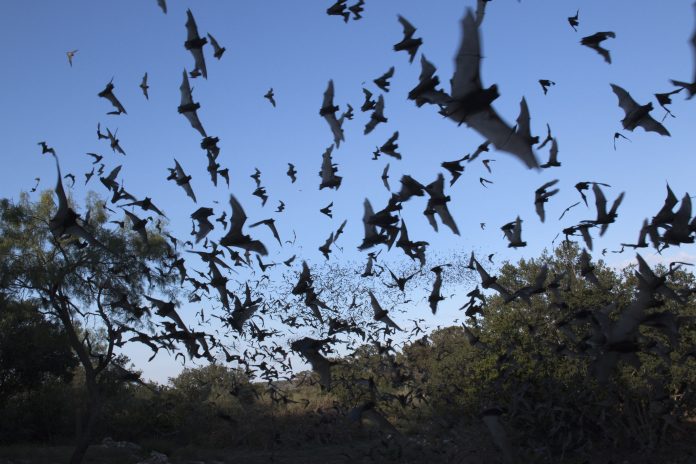A recent study in the Journal of Applied Ecology highlights a significant decrease in bat activity across various solar farm sites, but what does this really tell us about our changing ecosystems?
Researchers suggest that this finding could be crucial in shaping planning regulations and policies to ensure solar power and wildlife coexistence.
Renewable energy’s importance and bat activity concerns
As fossil fuels contribute to climate change, renewable technologies gain significance. Solar photovoltaic power, constituting around 30% of global renewable energy, has expanded by 25% in 2021.
Yet, the University of Bristol’s Lizy Tinsley emphasizes the need for balancing renewable energy benefits with biodiversity conservation.
Examining bat behaviour at solar farms
The team established monitoring equipment in solar farm fields and matched control fields to investigate.
Bat detectors placed within these fields revealed lower activity levels of various bat species—common pipistrelle, noctule, myotis species, serotine, soprano pipistrelle, and long-eared species—at solar farm sites compared to control sites.
Lead author Lizy proposes that solar farm projects undergo Environmental Impact Assessments for ecological ramifications, similar to wind farms. By studying bat behaviour and possible factors contributing to decreased activity, like habitat loss or insect prey availability, researchers aim to devise mitigation strategies.
These may involve planting insect-friendly plants, creating corridors to insect-rich habitats, or offering alternative foraging sites.
Bat’s ecological role and future research
Professor Gareth Jones, a co-author, underscores the importance of bats in ecosystem services like pest control.
As solar farms expand and occupy potential foraging areas, concerns arise due to bat’s tendency to collide with flat surfaces and mistake them for water sources. With limited knowledge of solar farm’s impact on bats, especially in the UK, further research is essential.
The team’s plans include investigating differences in invertebrate species richness and abundance between paired sites, shedding more light on the intricate relationship between solar farms and local wildlife.
The impact of solar farms on wildlife
Co-author Professor Gareth Jones highlighted the significance of this novel research, indicating the lack of understanding regarding the impact of solar farms on wildlife, especially bats. Given the animal’s ecological contributions in pest control, the potential consequences of reduced bat activity are concerning.
Future research plans involve examining invertebrate species diversity and abundance in the paired sites, shedding light on the intricate relationships between bats, their prey, and solar farm environments.
In conclusion, while the growth of solar energy is essential for combating climate change, this study underscores the need to strike a balance between renewable energy expansion and biodiversity preservation.
The findings prompt a call for more comprehensive assessments and thoughtful mitigation strategies, ensuring that the benefits of renewable energy can be harnessed without jeopardizing the vital ecosystems that bats support.











